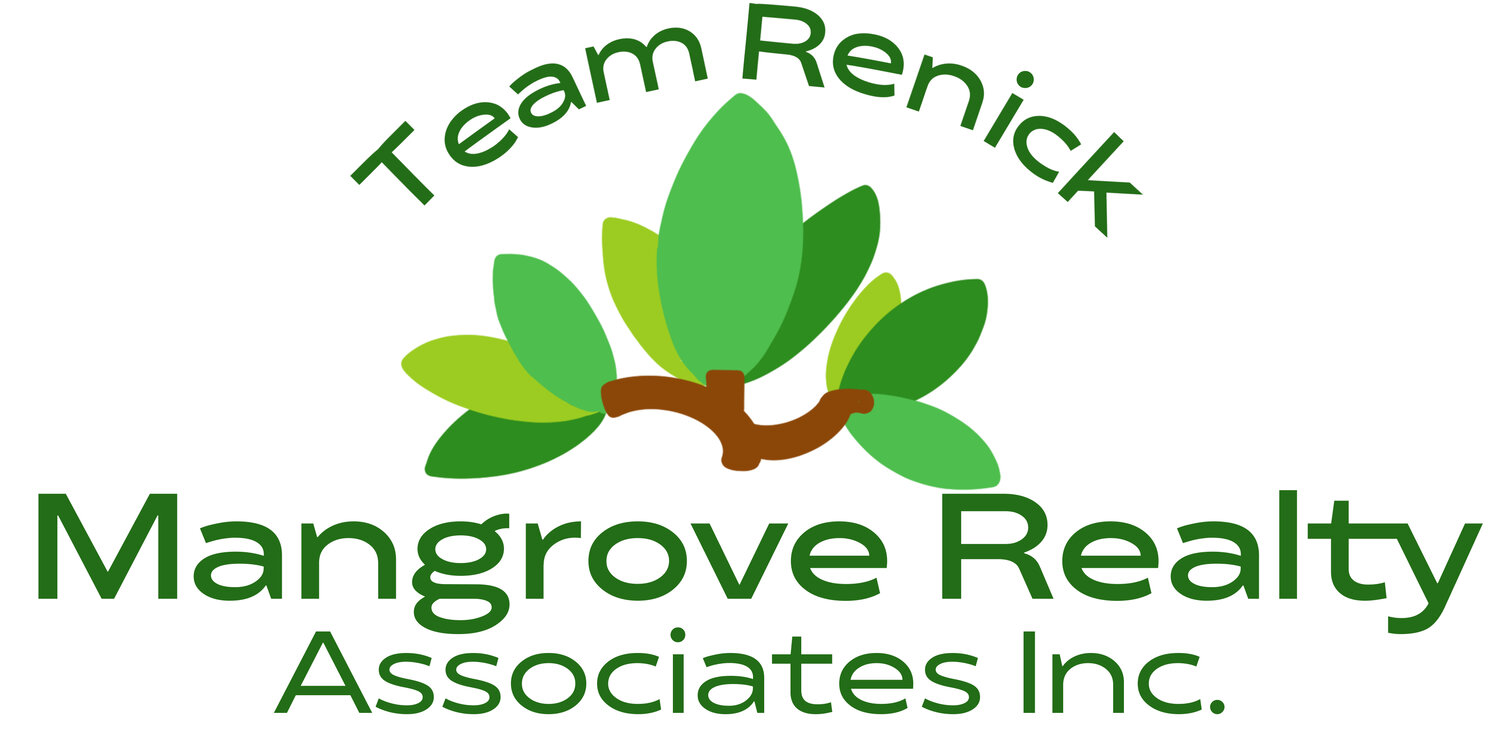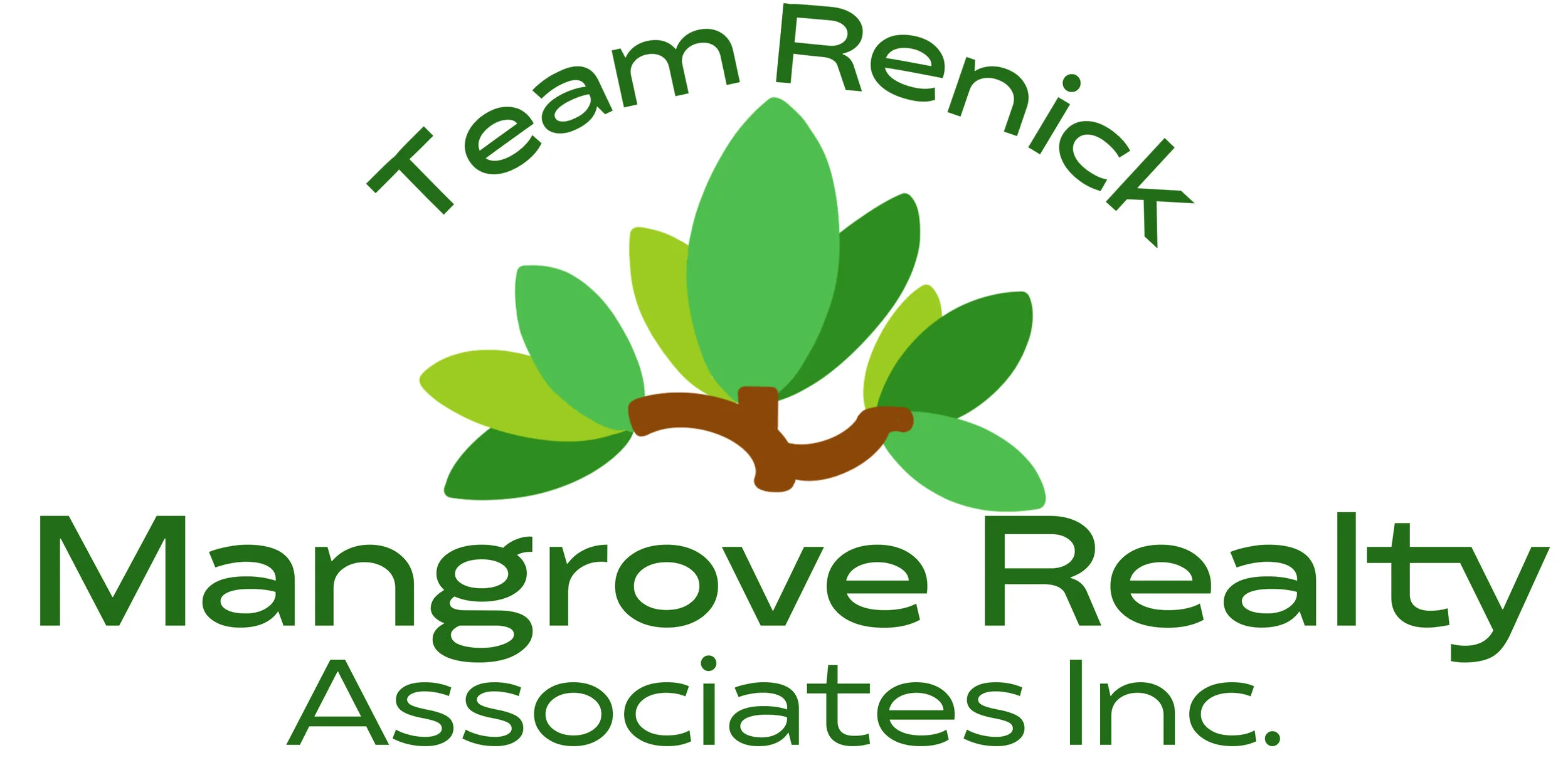The future office market could be bigger (social distancing) or smaller (downsizing). But change costs money, and many owners are waiting for a vaccine.
KNOXVILLE, Tenn. – It’s difficult to say whether they’ll be permanent, but experts agree life in the office will come with some changes as businesses adjust to find a way to work during the pandemic in a way that, well, works.
The pandemic has led to many speculations that the open office layout is gone for good, but many businesses are waiting to see if and when a vaccine is developed or what more information scientists can learn about the virus before making costly, permanent changes to the workplace.
“People don’t want to invest capital in these huge office buildings with these huge spaces until they really know what they need to do,” said Chuck Mabe, vice president of procurement and pre-construction services for The Christman Company. “So that’s one of the dilemmas.”
What will look different?
Short-term solutions, according to global architecture firm Gensler, are varied and might include ideas like reconfiguring communal spaces such as conference rooms, implementing staggered shifts at larger, shared desks, creating new cleaning protocols, improving air quality, installing touchless technology and training for how to interact in a safe way.
Long term, businesses will have to consider if outdoor spaces could help spread employees out as well as provide them with fresh air, how the air in a building could pass the virus and whether entire designs need to be reconfigured to reduce density for the long haul.
According to June 2020 research from Jones Lang LaSalle (JLL) Research, the pandemic will accelerate changes in office design such as density, at least until a vaccine is available. The report predicted density would then move back toward pre-pandemic levels, but never reach them.
Though the office will remain a key part of the working environment, it will be just a part rather than the whole. Remote work will become a permanent part of corporate life.
“A greater focus on spaces, which emphasize face-to-face interaction, is likely as office space is redesigned or repurposed away from individual full-day occupancy desks,” the report concluded.
Many employees see the upside in working remotely, according to a national survey from staffing firm Robert Half. Of 1,000 people surveyed, 74% said they’d prefer to telecommute more often. A survey by YouGov in partnership with USA TODAY and LinkedIn found 54% of respondents said working from home during the pandemic had a positive effect on their productivity because of time saved from commuting, fewer distractions or fewer meetings.
Mabe encourages purpose-drive design before making major changes.
“You really have to study your flow and your workers,” he said. “The one thing you don’t want to stifle is teamwork. If employees are not able to interact, are you losing some of your competitive edge?”
Offices will likely move to lower densities using work from home options, split shifts and “light-touch” redesign.
Johnson Architecture founder Daryl Johnson said the pandemic is speeding up a trend he was already beginning to see in early 2020 as clients were looking to minimize real estate costs as more employees were working from home. That translates into more collaboration spaces and fewer designated desks.
Still, he said, the open office plan remains one of the most efficient means to fit the most people in a space.
“We’re putting less people in a space. I don’t know if construction budgets and a building owner’s budget are really going to allow them to have enough space to accommodate their entire staff with social distancing,” Johnson said. “So there are some things that we’ll have to get creative with as we move forward with this type of design.”
Staggered work schedules are a way to fit fewer people at a time in the space, Johnson said. Multiple people would share a desk and would be responsible for cleaning it when they arrive and depart.
“For years, (designers) tried to go with open office, short cubicles, and put everybody in these tight spaces and cram as many desks as they can,” Mabe said. “That was the thinking then. Well today, a lot of those facilities are shut down.”
Spaces with lots of desks, such as call centers, will have to reconfigure to be able to social distance between employees. Some businesses might elect to get rid of desks altogether and use open spaces with big tables where people can stagger and social distance throughout the room no matter who is in the building.
“Break areas, lounge areas will have to be expanded, we’ll have to allow people the ability to sit across from one another being socially distant,” Johnson said. “But still I think the human interaction is something that’s always going to be needed and we wouldn’t be doing justice to our employees if we didn’t allow that to happen still.”
And more businesses might consider incorporating outdoor space into designs to give employees room to spread out and breathe fresh air as scientists determine how HVAC units spread the virus.
Moving around the space
The pandemic may also alter how employees move around a space, Johnson said.
Some of it is establishing new logistics around an office, like exiting a conference room in a clockwise fashion so there’s no gridlock at the door.
Look for building designs to utilize more touchless technology and eliminate high-touch surfaces where possible, Mabe said, from automatic doors to maze entrances to restrooms rather than a door entrance.
Of course, those solutions require more money and, in the case of a maze entrance, more square footage. Elevators will have lower capacities and buildings might establish specific entrance and exit doors.
“I think it fundamentally changes the way that people interact with space,” Johnson said.
Perhaps people will remove their shoes at the entrance, or businesses will install handwashing stations employees must use upon entering. There will be more cleanliness infrastructure, Johnson predicted. Expect more hard surfaces that are easier to clean.
Businesses might incorporate more technology to protect workers, from thermal scanners to simple plexiglass shields at conference room tables.
For now, many businesses are just waiting to see what happens before retooling entire offices.
“The life cycle of our jobs are two and three years long,” Mabe said. “And so I think to really see a client push for this (now), they have to be a forward thinking client.”
© 2020 Journal Media Group
Information provided by Florida Realtors. Click here to see the original article.
Reprinted with permission Florida Realtors. All rights reserved.






